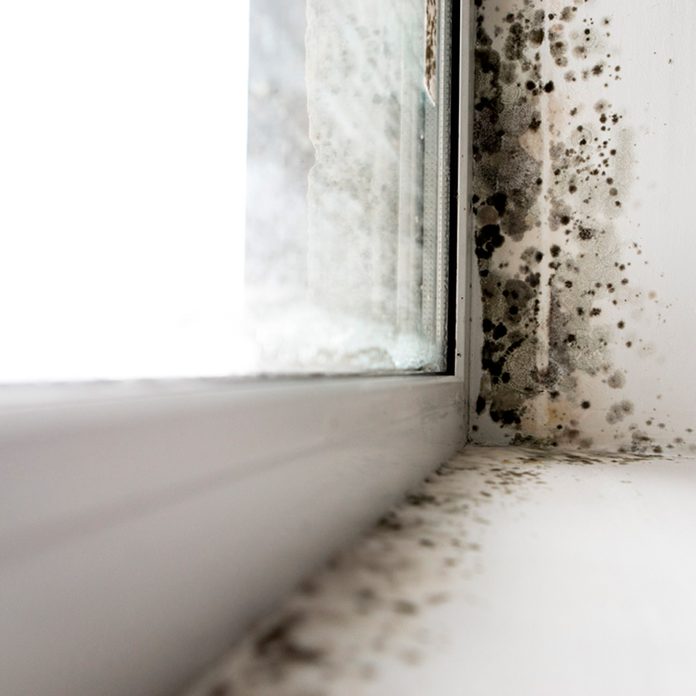
How toxic is mold?
Any mold that produces mycotoxins—the “myco” refers to fungus—is toxic, and it can be quite poisonous. One of the more alarming varieties is Stachybotrys chartarum: Dense, black, and usually present where moisture has been a long-term, unresolved issue, like a damp basement or in an abandoned home, this fungus can trigger a suite of health issues, like persistent headaches, diarrhea, breathing trouble, and more. You can try getting ahead of the problem and learn how to get rid of mold in your basement. But other types can also cause issues, warns the Centers for Disease Control and Prevention (CDC): “All molds should be treated the same with respect to potential health risks and removal.” These are the signs of mold that you should be looking out for. If you have mold, when should you call a pro?
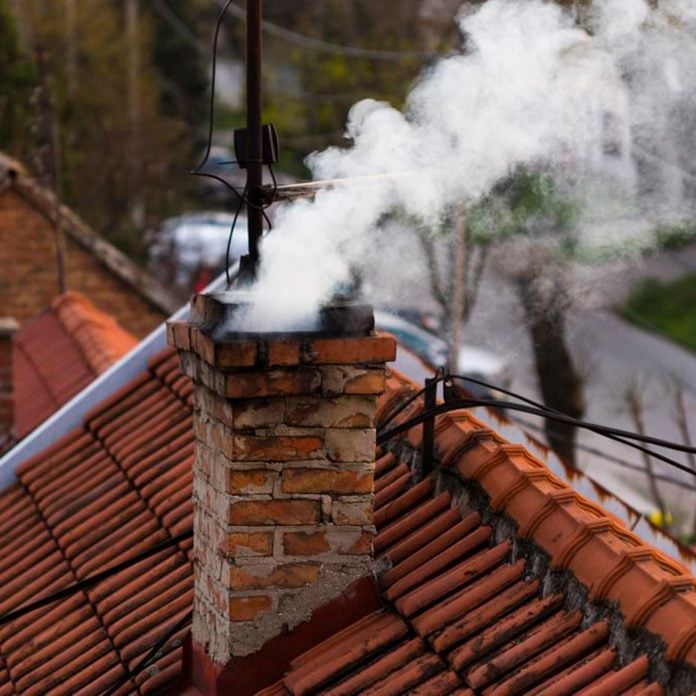
Your Chimney Smells Weird
Chimney sweeps don’t only remove dangerous creosote buildup; they can clean out toxic mold too. Moisture can accumulate in the porous bricks and mortar of a chimney. Rusty chimney caps or flashing that needs repair allow rain and snow to seep in, creating an environment for mold to thrive. That may be the reason you smell something funky on days when the wind is blowing in a certain direction. Fix the cap and flashing and call the chimney sweep to extinguish the mold issues. Watch out for these other scary ways your fireplace could be toxic, too!

Your Eyes are Watery and Stinging
People can have allergic reactions to mold, explains Purvi Parikh, MD, an allergist/immunologist with Allergy & Asthma Network. The symptoms can include itchy and watery eyes, coughing, and nasal congestion. If you suspect mold is triggering these symptoms, the American College of Allergy, Asthma & Immunology suggests you track your reactions for two weeks to see if they kick in when you’re in certain rooms or spaces within your house. You can also visit an allergist for a blood or skin test to confirm the allergy.
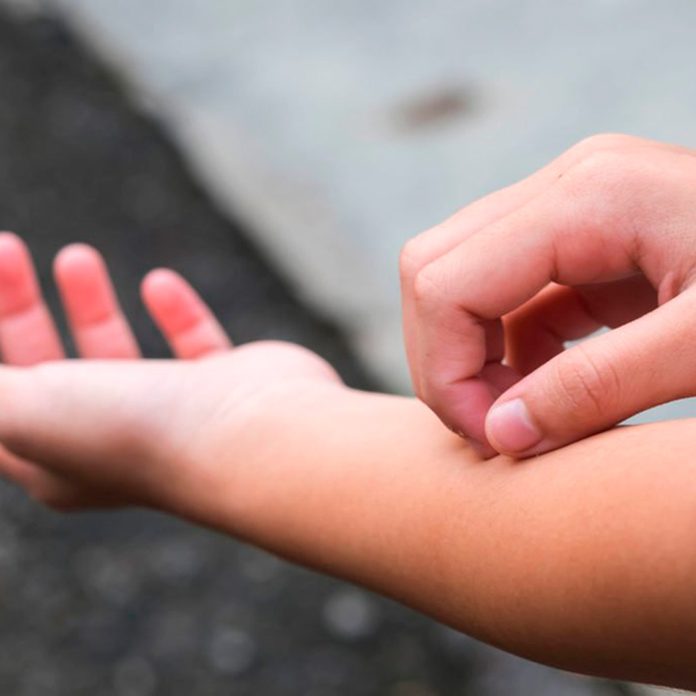
Your Skin is Tingling
If you’re allergic to mycotoxins, you’ll experience tingling, itching, or burning sensations when you come into contact with the mold. Your body is reacting by releasing histamines, and the result can be dry, itchy, and scaly skin; you could get hives. If the condition persists, see an allergist and look into ways to locate and eradicate the growth.
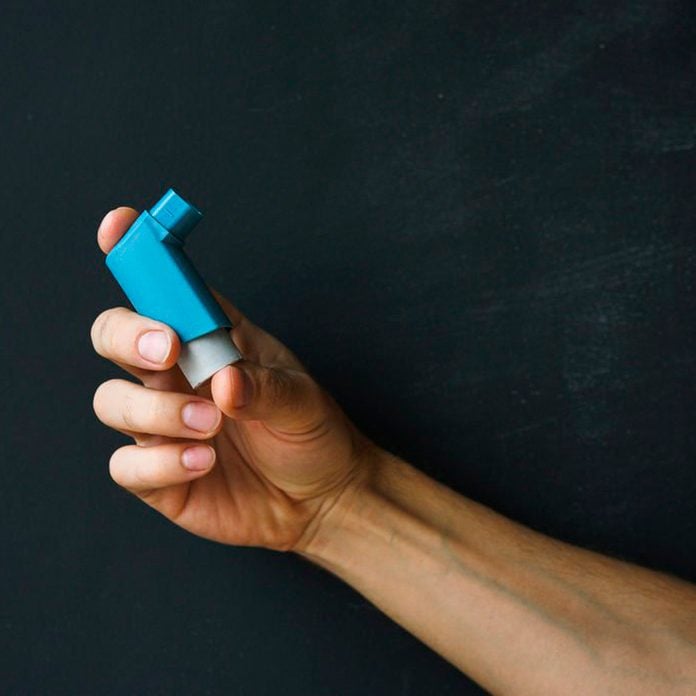
Your Asthma is Acting Up
Mold spores can find their way into the lungs and trigger asthma symptoms. One study found that dampness or mold in houses could account for one in five cases of asthma in the United States. If your asthma seems to be getting worse, you may have undetected mold in your house, according to the Allergy and Asthma Foundation of America. The group warns that mold can also cause a rare but more serious condition called allergic bronchopulmonary aspergillosis: This is a dramatic allergic and inflammatory reaction that leads to severe sneezing, coughing, and shortness of breath.
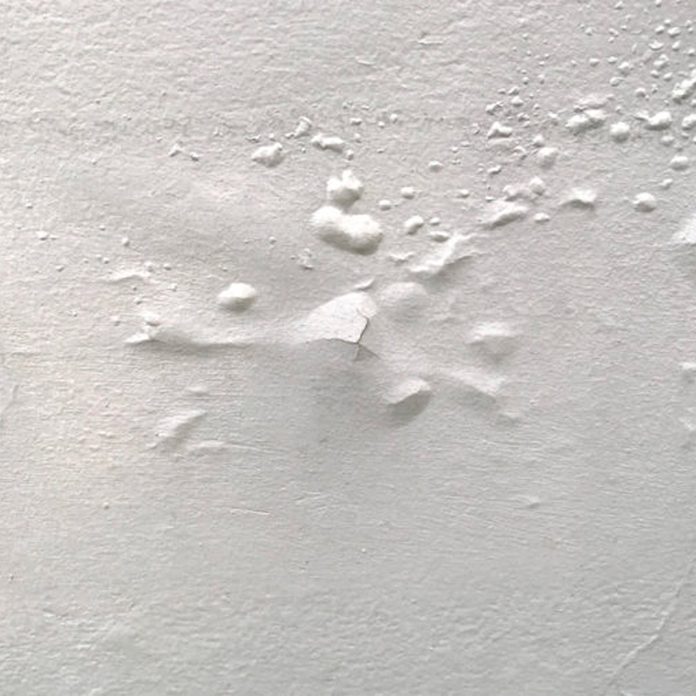
The paint is bubbling on your walls
Have you noticed that the paint is bubbling on the walls of your bathroom or near a window? One of the most common reasons paint begins to bubble is moisture. And where there’s moisture, there’s probably mold. You won’t be able to cover up the problem with a fresh coat of paint; you have to find the source of the moisture. It could be a leaky windowsill, too much humidity, or leaky plumbing. Once you fix the moisture issue, then you can repaint. Just make sure to scrape, patch, clean, and thoroughly dry the walls before rolling on the first coat.
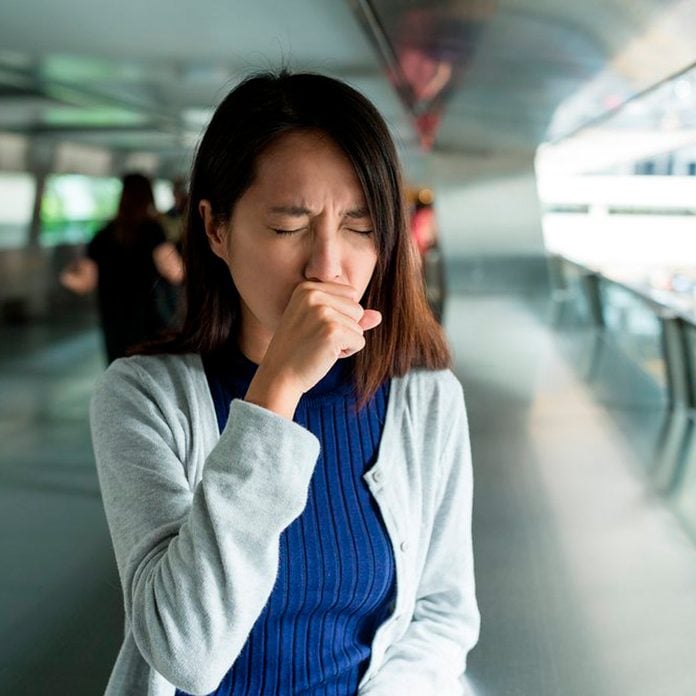
You’re Coughing but Don’t Have a Cold
The mycotoxin spores can find their way into your lungs and lead to a chronic, lingering cough. Your next step should be a call to an allergist. “Testing by a board-certified allergist is most helpful,” advises Dr. Parikh. “There is a lot of mold testing out there that is not evidence-based.” If you get a positive test for mold, the next step is to hire a mold eradication expert and address the problem.
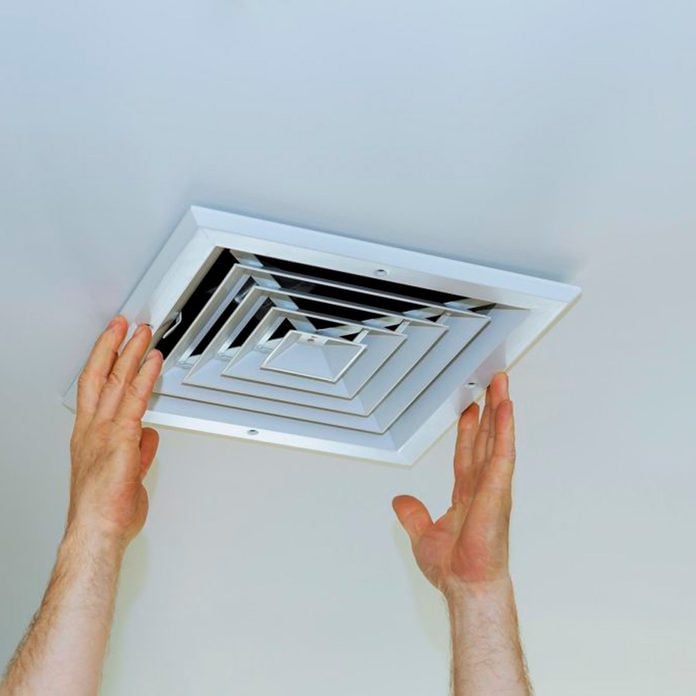
Your Bathroom Exhaust Fan is on the Fritz
“Mold is a particularly common problem in bathrooms with inadequate ventilation,” says Yoel Piotraut, a managing partner at MyHome Design + Remodeling. A bathroom exhaust fan is an essential tool to keep toxic mold at bay—but it won’t work if it’s clogged or not running well. In fact, if it’s still steamy five to ten minutes after you get out of the shower, your fan isn’t circulating enough air. It may need to be cleaned or replaced with a unit that meets the square footage of your bathroom. Piotraut also suggests cleaning the walls regularly with a bleach solution or other mold-killing product.

Your baby coughs at night
According to a study published in Annals of Allergy, Asthma & Immunology, infants exposed to mold in their homes were three times more likely to develop asthma by age seven. Symptoms to watch for include coughing, especially at night; difficulty breathing; fast breathing; frequent chest colds; and wheezing or whistling sounds when exhaling.
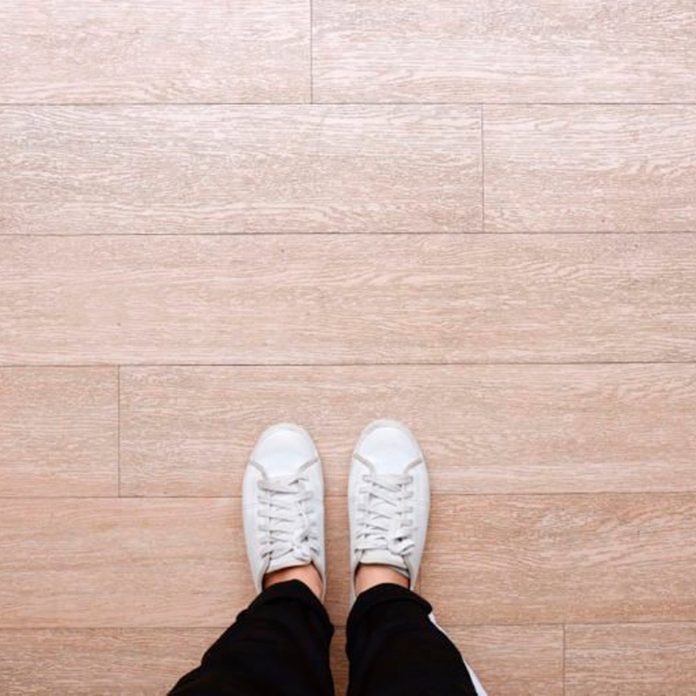
Your Floor Feels Squishy
You know to be concerned about a soft spot in your hardwood floor. If you can access the subfloor through a crawl space or a basement, check for moisture. If that’s not possible, you’ll have to pull up a section of flooring. It’s worth it: That moisture—and any mold growth— will eventually spread. “If the wood floor is rotted, then the whole flooring needs to be changed,” says Piotraut. “If the flooring is still in good condition and only has a small amount of mold, it can be removed with mold remover.”
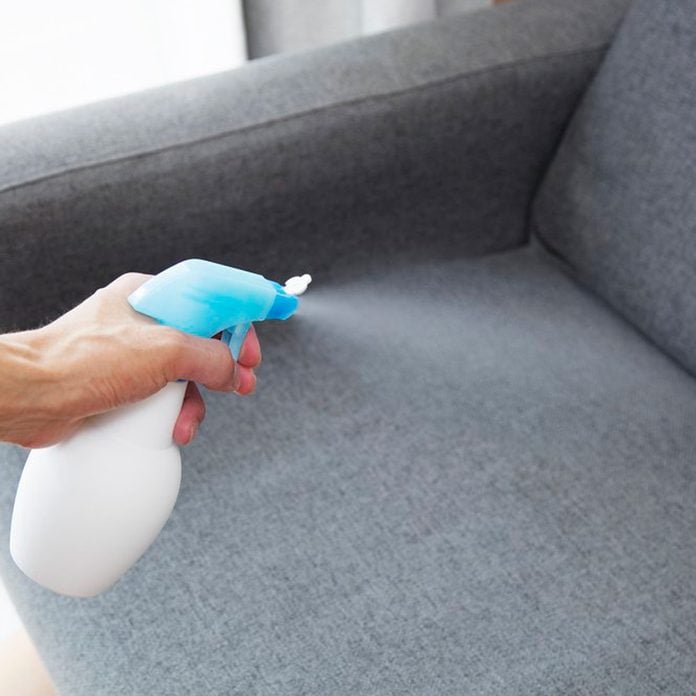
Your House Smells Musty
We’re not knocking your cleaning skills, but mold that grows undetected can pose a real health risk. This is especially true for the elderly, warns Dr. Parikh. “Their symptoms are generally similar, but all chronic conditions are worse in the elderly as their bodies are not as resilient as [those of] younger patients and usually have other medical problems which may interfere with or complicate the treatment,” says Dr. Parikh. Here we’ll walk you though how to get rid of mold and mildew in your home the right way.

Your Planter of Begonias is Leaking
“Exterior landscaping that is close to the home, as well as planters placed against exterior walls, can also lead to mold issues, especially for stucco homes,” says Gregg Cantor, President and CEO of Murray Lampert Design, Build, Remodel. Moisture finds its way inside the walls and can cause mold growth in the drywall and insulation. “This type of mold growth can be particularly dangerous because it’s rarely caught until the mold shows up on the interior of the wall, at which point the growth can be extensive and a danger to your health,” says Cantor.
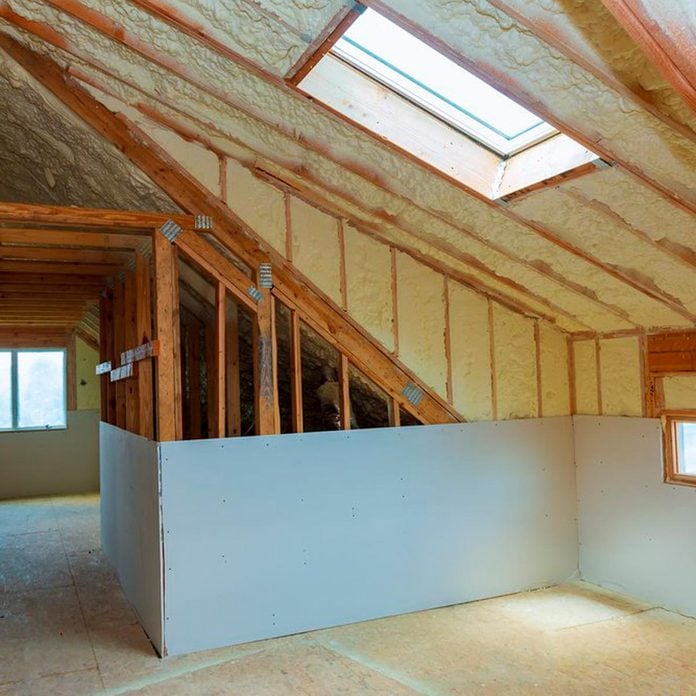
Your Attic Insulation is Lumpy
Wave off the spider webs and take a closer look at the insulation in your attic. “Attic insulation that is very lumpy and uneven-looking may mean a bigger problem,” says John Bodrozic, Co-Founder of HomeZada. “The insulation could be in bad shape due to unforeseen roof leaks, which could also mean potential mold issues.” If your attic has poor circulation or improper ventilation, it could create ideal conditions for mold growth.
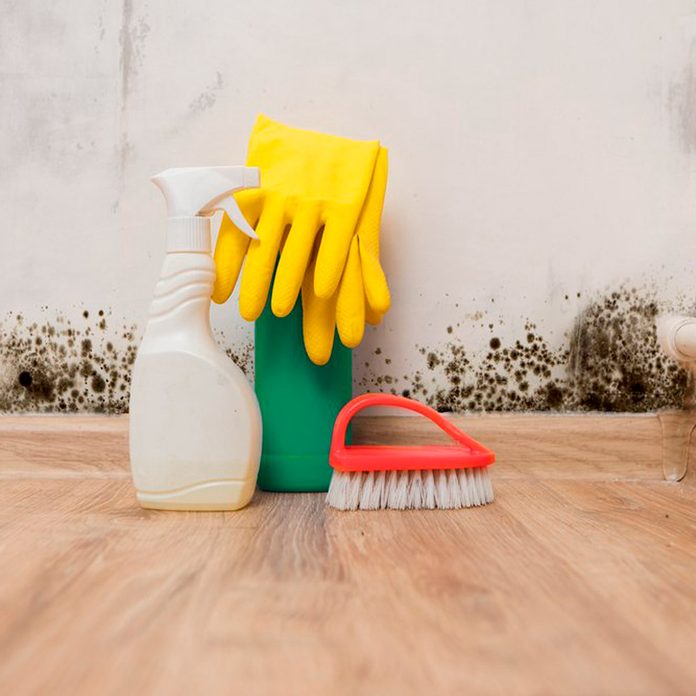
Mold Implications
Don’t let mold build up—in very rare cases, mycotoxins have been linked to heart problems and memory issues. Even if your health isn’t at risk, your walls, flooring, and appliances could be damaged. For those that do suffer from exposure to mold, it will need to be removed, says Dr. Parikh. “You will continue to react to it if you are allergic. It is especially troublesome for those who develop breathing problems from the mold, such as asthma.” Next, check out the 13 silent signs that your house is an unhealthy place to live.